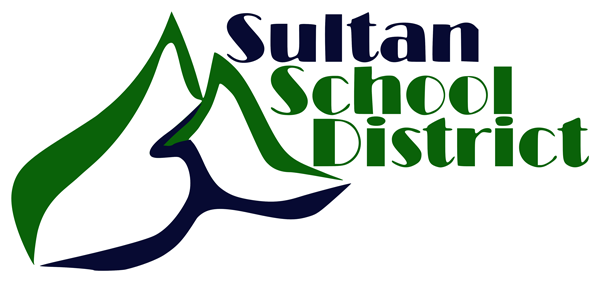National Disability Employment Awareness Month and National Disabilities Awareness Month
As a nation we have made many gains in the inclusion of people with challenges in the workforce and in schools. In 1973, the Individuals with Disabilities Education Act was passed. This law was intended to end exclusion of children with disabilities from neighborhood schools and allow students to attend public schools. At this time, many children with disabilities were placed in institutions and excluded from learning.
Society mirrored the education perception, keeping many citizens with labeled disabilities from working outside the home. In 2023, 56 percent of disabled employees say barriers still existed in the workplace. Only 37 percent of employees with disabilities believe their employer is genuine about removing all disability-related barriers and making the workplace inclusive for all employees/potential employees.
Over the last three years, the Office of Superintendent for Public Instruction, Washington Association for School Administrators, and Washington Education Association have partnered in moving towards more inclusive educational programs for all students with disabilities.
After five decades of trying to create a more inclusive educational system for all students, we continue to fall significantly short in honoring and recognizing all. There are many barriers to achieving inclusive schools and classrooms. Some of these barriers begin with teacher education programs. Washington higher education institutes only require one special education survey course, which is typically an awareness course for perspective teachers. This lack of training perpetuates the perception that students with special needs or disabilities will only be taught by teachers who take further training to be endorsed/certified in special education.
The belief that teachers with special education endorsements/certification are the only ones who can teach students with disabilities is inaccurate. Yet, how we classify teachers through language creates a further division between those teachers who teach basic education classes and those that teach special education classes. Often, I hear staff refer to the latter as special education teachers. They are teachers first that have a specialized training in working with students with disabilities. The other phrase I hear is those kids, these kids, or special education students. Again, children in our schools are students. They may have different needs but that is all of us. Language matters.
Another flaw, which granted, I could go on for a bit about, is regarding the barriers and concerns built into our educational system. We currently designate a month to disability awareness; however, we should be aware and cognizant every day and every month. We all have strengths and challenges. Let’s take a huge step forward and stop labeling kids and figure out how we can work together to teach all kids.
Dr. Paul Douglas, Assistant Superintendent/Special Services

